- Welcome , we will provide the best service at the lowest price !
Your Position:Home >> Sony Industrial Camera > > Sony XCD-U100 1/3 PS B/W 1394.b UXGA Camera
Your Position:Home >> Sony Industrial Camera > > Sony XCD-U100 1/3 PS B/W 1394.b UXGA Camera
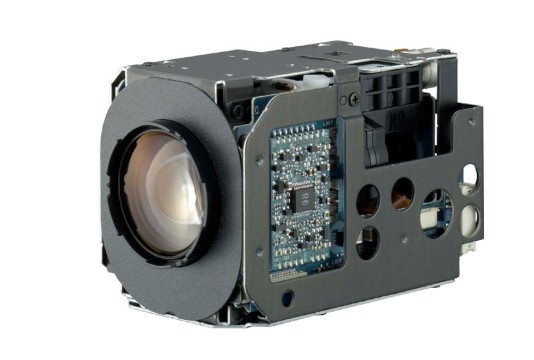
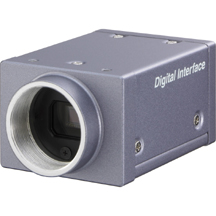
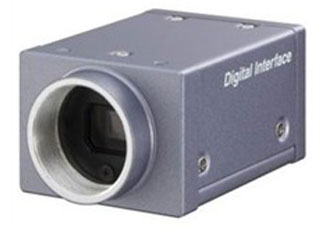
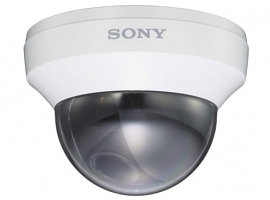
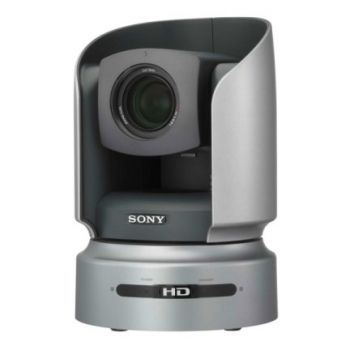

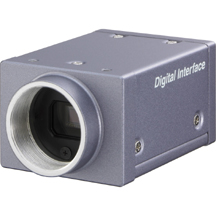
Sony's new line up of 1394.b cameras, with a number of resolutions and frame rates to choose from, has made selecting the right camera for machine vision applications easy. The new XCD-U100 incorporates a 1/3-type progressive Scan CCD and achieves up to 15 fps at UXGA Resolution. By utilizing the IEEE1394.b Interface that supports the IIDC protocol, users can transfer images to a host PC at speeds of up to 800 Mb/s. Moreover, because multiple cameras can be connected in a daisy-chain configuration, users can enjoy the benefits of simplified operation in a multi-camera system. The XCD-U100 is ideal for industrial machine-vision applications such as object recognition, inspection, measurement, alignment and more.
Highlights:
* IEEE 1394b Digital Interface
* Various Frame Rates for High Speed Capturing
* Ext. Dynamic Range
* Up to 15 fps at UXGA Resolution
* Multi-Connection Capability
* Supports IIDC Protocol
* Built-in Real-time 3x3 Image Pre-Processing Filter
* Compact and Lightweight
* High Shock and Vibration Resistance
* Multi-Trap Function
* Broadcast Delivery
Features:
* Excellent Picture Quality/High Frame Rates
The XCD-U100 features a UXGA CCD that provides the highest resolution. This particular camera is ideal for applications that require the capture of ultra-high image detail
* IEEE 1394b Digital Interface
The new XCD-U100 employs the IEEE 1394b interface which attains high data-transfer rates of up to 800 Mb/s. Since this camera is backward compatible with IEEE 1394a, it camera can be easily integrated with legacy 1394a systems.
* Multi-Connection Capability/Daisy Chain Configuration
The XCD-U100 camera is equipped with two IEEE 1394.b ports allowing multiple cameras to be connected in a daisy-chain configuration and be controlled from a single PC. Users can enjoy the benefits of simplified operation in a multi-camera system.
* Bus Synchronization
The new XCD-U100 also features a bus synchronization function enabling users to simultaneously capture images from different angles with multiple cameras by sending a single trigger to all cameras from the host PC. This feature is not only useful for viewing images from different angles, but can be used to recreate a 3D image for more detailed inspection.
* Broadcast Delivery
The broadcast delivery function of the XCD-U100 can be used to send a software trigger to multiple cameras in a daisy chain. This not only facilitates connections, but eliminates the need for using a hardware trigger which can produce false triggers due to noise. In addition, the broadcast delivery function can be used to simultaneously change camera settings such as shutter speed, exposure, white balance, gain and more.
* Image Buffer
The new XCD-U100 is equipped with an image buffer, which serves as temporary storage for captured images for later transmission or retransmission. This function allows users to maximize bandwidth in multiple-camera operations or reconfirm specific images as required.
* Vertical and Horizontal Partial Scanning
By selecting a particular area of image to be scanned, users of the XCD-U100 can reduce data size and increase frame rate to minimize processing time.
* Vertical and Horizontal Binning
The Vertical binning feature of the XCD-U100 combines image data for every two lines vertically resulting in increased frame rates and reduced processing time. Horizontal binning combines image data for every two pixels horizontally to achieve sensitivity, faster capture speeds, and quicker processing.
* Multi-Trap Function
The new XCD-U100 camera incorporates a multi-trap function to allow the capture of up to 15 images with different shutter speeds by inputting one software or hardware trigger. By doing so, specific areas of that item can be clearly seen without changing the lighting. This allows a composite image with a wide dynamic range to be reproduced.
* Other Features
1. Hardware LUT (Look Up Table)
2. Built-in Real-time 3x3 Image Pre-processing Filter
3. Low Power Consumption (3.0 W)
4. Compact and Lightweight
5. High Shock and Vibration Resistance
6. Meets IIDC Ver. 1.31. Specifications
Camera Specifications:
* Image Device : 1/1.3-type Progressive Scan IT CCD
* Image Device Value: Monochrome
* Cell Size : 4.4 x 4.4 ¦Ìm
* Image Size: 1600 x1200 (UXGA)
* Lens Mount: C-mount
* Transfer Rate : 800/400/200/100 Mb/s
* Frame Rate : 15 fps
* Frame Rate Value : 15 fps
* Gain: Manual 0 to 24 dB
Auto gain
* Resolution Depth: Mono 8: 8 bits/pixel
Mono 16: 10 bits/pixel
* Resolution : UXGA (1600 x1200)
* Image Memory: 16 MB
* Broadcast Delivery: Camera setting
Software trigger via IEEE 1394 bus
* Readout Features: Partial Scanning
Binning
LUT
3x3 filter
* Memory Channel : 15 channels for parameter settings
Interface Specifications :
* Digital Interface: IEEE 1394b-2002 x 2
bilingual (screw lock possible)
* General Specifications :
* Dimensions (W x H x D): 1 3/4 x 1 5/16 x 2 3/8 inches
(44 x 33 x 57.5 mm)
* Weight : 5 oz (140 g)
* Operating Temperature: -5 to +45 ¡ãC (23 to 113 ¡ãF)
* Storage Temperature: -30 to +60 ¡ãC (-22 to +140 ¡ãF)
* Operating Humidity : 20 to 80% (non condensing)
* Storage Humidity : 20 to 95% (non condensing)
* Power Consumption : 3.0 W
* Power Requirements : DC 8 to 30 V (from IEEE 1394 camera cable)
* Shock Resistance : 70 G
* Vibration Resistance : 10 G (20 to 200 Hz)